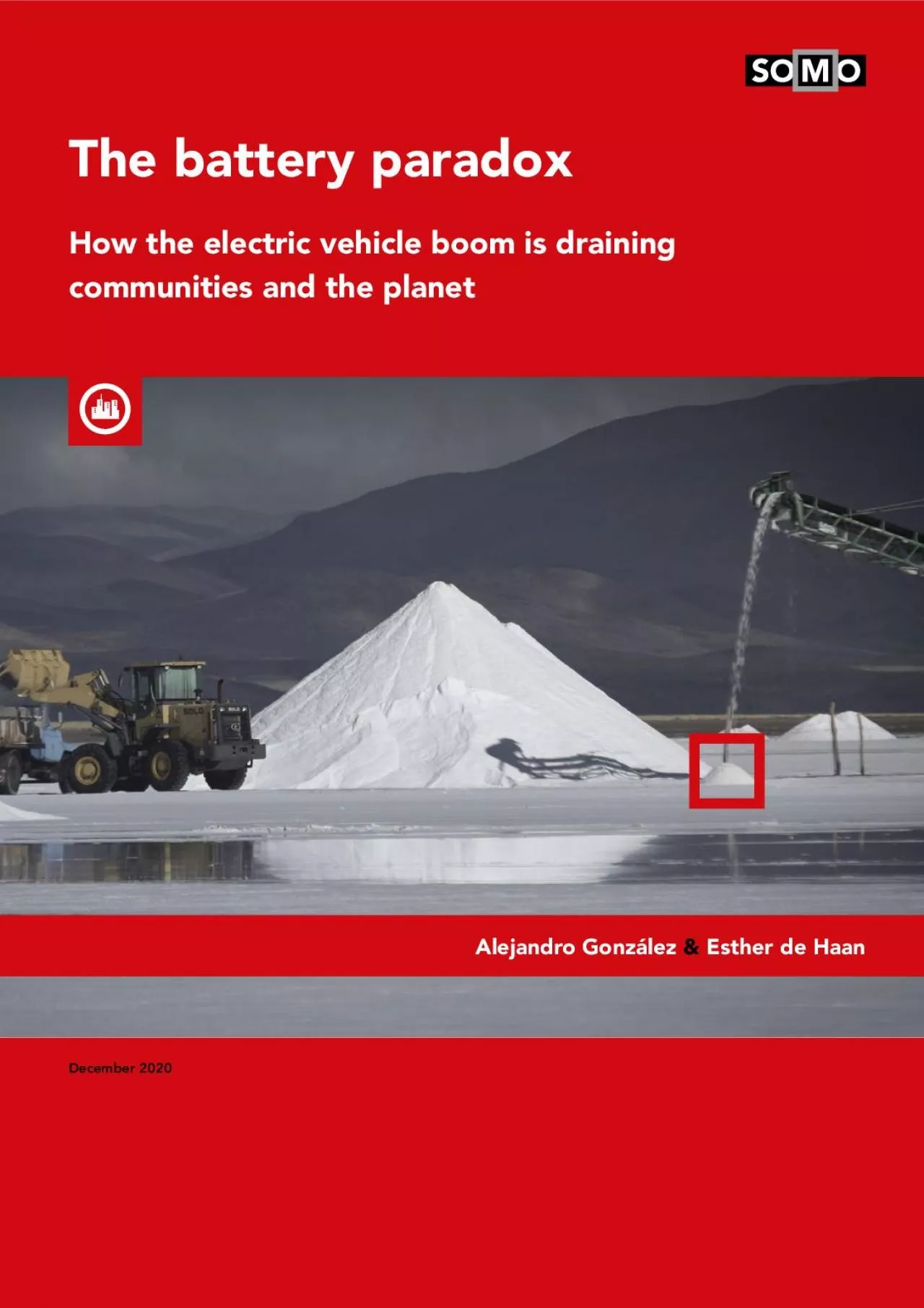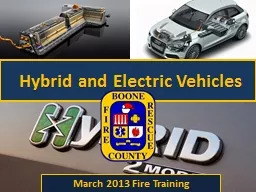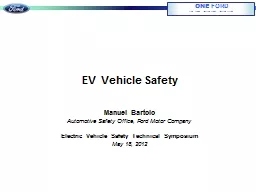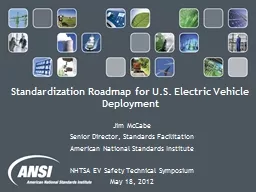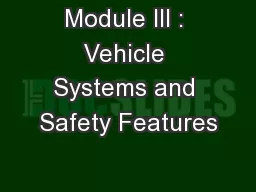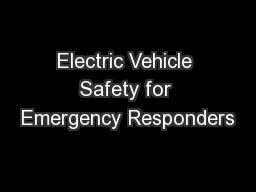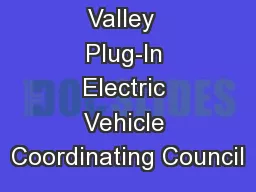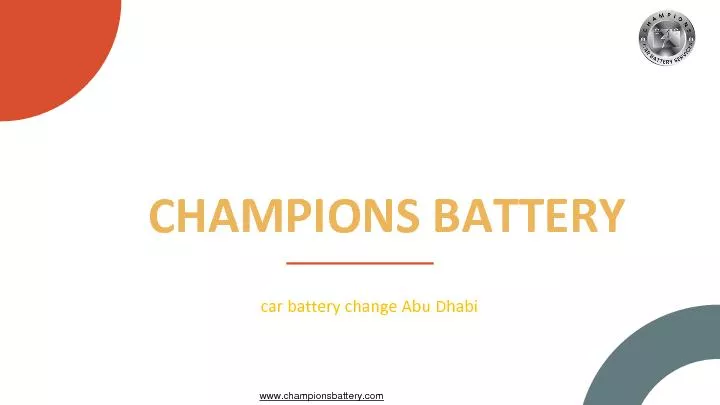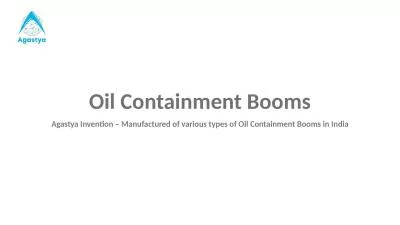PDF-The battery paradoxHow the electric vehicle boom is draining communiti
Author : miller | Published Date : 2021-08-21
Alejandro Gonzlez How the electric vehicle boom is draining communities and the planetOndernemingenCentre for Research on Multinational 1018 GL AmsterdamwwwsomonlThe
Presentation Embed Code
Download Presentation
Download Presentation The PPT/PDF document "The battery paradoxHow the electric vehi..." is the property of its rightful owner. Permission is granted to download and print the materials on this website for personal, non-commercial use only, and to display it on your personal computer provided you do not modify the materials and that you retain all copyright notices contained in the materials. By downloading content from our website, you accept the terms of this agreement.
The battery paradoxHow the electric vehicle boom is draining communiti: Transcript
Download Rules Of Document
"The battery paradoxHow the electric vehicle boom is draining communiti"The content belongs to its owner. You may download and print it for personal use, without modification, and keep all copyright notices. By downloading, you agree to these terms.
Related Documents

